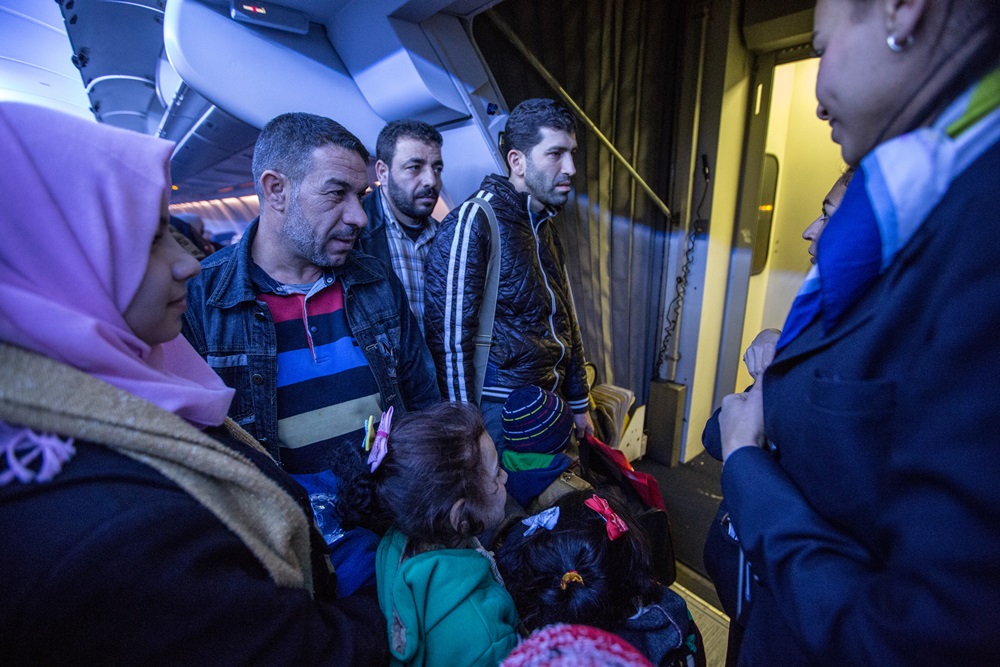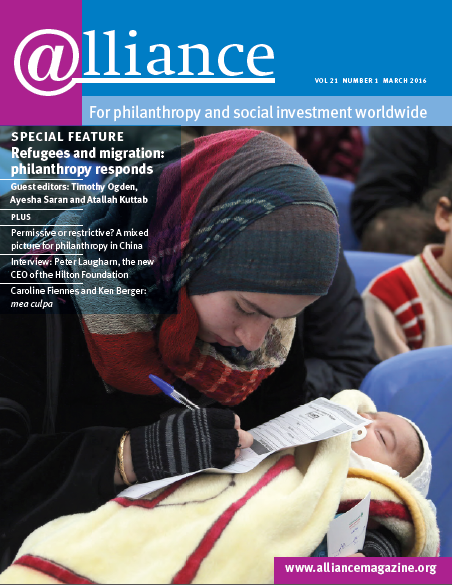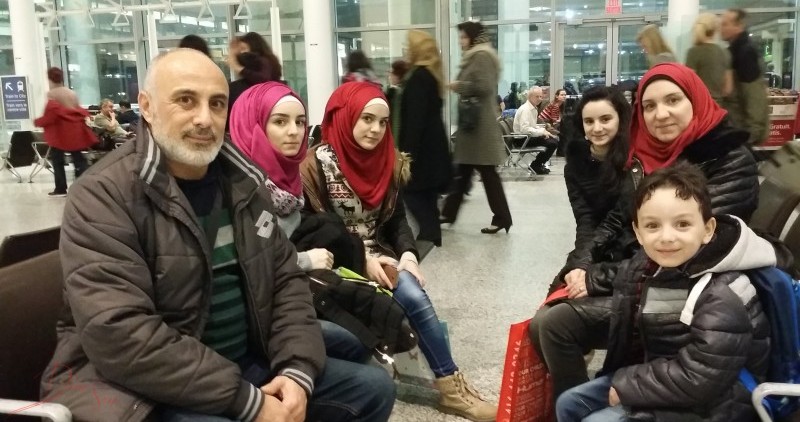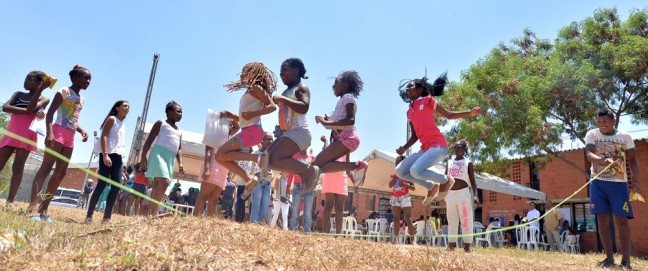In the week following news that drowned Syrian toddler Alan Kurdi had relatives in Canada and with elections only five weeks away, Syrian refugees became a Canadian election issue. In October, the newly elected Liberal government led by Justin Trudeau promised to bring in 25,000 Syrian refugees by the end of 2015 and up to 50,000 by the end of 2016, up from the previous government’s pledge of 10,000 over three years. Though these numbers are small compared to what countries in the Middle East and Europe are facing, they are large in resettlement terms. These are not asylum seekers; they will be permanent residents on their way to citizenship. Canada’s positive response, at a time when public support for immigration is receding elsewhere, has its roots in an earlier refugee influx.
The PSR programme
In under 18 months in the late 1970s and early 1980s, Canada took 60,000 refugees from Vietnam, Cambodia and Laos. The instrument that brought the single largest group to Canada in so short a time was the Private Sponsorship of Refugees (PSR) programme.
The magic of the PSR programme is that Canadians are personally connected to the solution. Citizens or permanent residents enter a contract with the Canadian government committing to financial support, plus living and general wellbeing support, for the refugee’s first year in Canada. It’s a big commitment to provide reception, lodging, care and settlement assistance involving the minutiae of everyday life, such as school enrolment, health card registration, navigating transit, late night calls and friendship.

A Syrian family in Toronto Pearson Airport where they arrive as permanent residents of Canada. Credit IOM-Muse Mohammed 2015.
Privately sponsored refugees are generally successful immigrants. They perform better in the labour market, earning higher incomes over time than counterparts in other refugee streams. Researchers peg this down to the effects of having personal champions lending their social capital to supporting and networking the newcomers. Sponsors often become good friends if not like family to the refugees they support, and this has a regenerative effect for an open refugee policy. Refugees are not nameless – they’re neighbours, they’re the Alkhalaf family.
‘Two key features of the programme are that sponsors in Canada can name the refugee (individual or family) they wish to bring, and privately sponsored refugees are in addition to those brought in by other government channels.’
Two key features of the programme are that sponsors in Canada can name the refugee (individual or family) they wish to bring, and privately sponsored refugees are in addition to those brought in by other government channels. These principles don’t always hold. In that first major intake from Indochina, sponsors really got whoever the overworked Canadian visa officers processed overseas. And some worry that in the response to the Syrian crisis, the government’s total pledge will include both privately sponsored refugees and those brought in by government. In other words, the more private sponsors step forward, the fewer refugees the government is obliged to bring.
Lifeline Syria
Good as the PSR programme is, it did not bring 60,000 people to Canada in 18 months on its own. In the late 1970s, a citizen-led group called Operation Lifeline fuelled Canada’s response. Beginning in Toronto, some 30,000 sponsoring groups, numbering five or more Canadians each, sprang up across the country in 1980.
The same type of grassroots organizing began in Toronto in early 2015, named Lifeline Syria in a nod to the earlier movement. The citizen-led initiative to bring 1,000 privately sponsored Syrian refugees to the Greater Toronto Area now has close to 300 sponsoring groups, with many more across the country, formed in neighbourhoods, schools, work places, book clubs, congregations and sports teams. My own sponsoring group is an eclectic mix of good friends. This is all happening against a backdrop of donations, city initiatives, provincial funding, new services developed in the private sector, job offers and more.
What number will Canada eventually land on? Will it be 60,000, or higher? Will it be enough, and what is enough? All receiving countries from Germany to Australia are grappling with defining ‘enough’. That calculation depends not just on events in Syria, but on the fragile forces of public support and political will in receiving countries. That’s why movements like Lifeline Syria emerge, and why the private sponsorship programme is so important. It enables Canadians to act on the natural impulse of compassion. It enables a race to the top.
Ratna Omidvar is executive director, Global Diversity Exchange at Ryerson University, Canada. Email gdx@ryerson.ca





Comments (0)